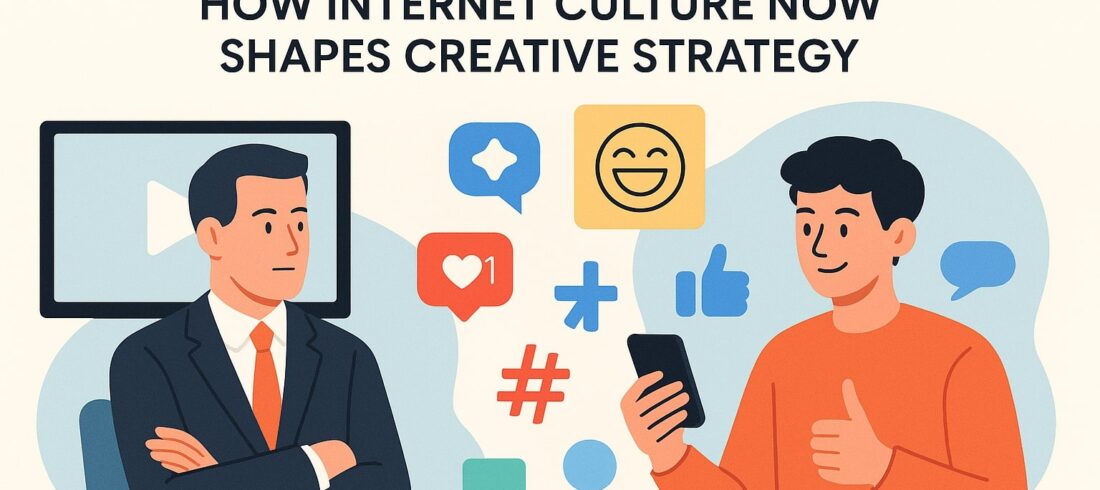
Brand in Crisis? How to Rediscover and Rebuild Your Identity
Your business has evolved. Has your brand kept up?
Does your brand feel a bit… out of sync lately? Maybe your messaging no longer resonates. Your visuals feel outdated. Or your customers have very different ideas about what your brand truly stands for. If any of that sounds familiar, you may be facing a brand identity crisis — a common yet critical challenge as companies grow.
The good news? It’s fixable. Sometimes, the best way to move forward is to leave the old brand story behind.
What Makes a Strong Brand Identity? Before jumping into crisis mode, it helps to revisit the basics. A strong brand identity builds trust, helps you stand out, and creates meaningful connections with your audience.
Brand Identity Your brand identity is how your business looks, sounds, and feels. This includes your logo, color palette, typography, voice, messaging, and values.
A strong brand identity:
- Creates recognition
- Builds emotional connection
- Reflects your purpose and personality
- Ensures consistency across touchpoints
It’s the personality of your business and one of your most powerful strategic assets.
Examples:
Coca-Cola: A globally consistent identity rooted in joy and nostalgia. Its iconic visuals and tone are instantly recognizable.
Airbnb: Built on belonging. Its warm tone and simple visuals reflect a mission to help people feel at home anywhere.
Brand Messaging Messaging is how your brand speaks not just in taglines, but in emails, captions, product descriptions, and more.
Strong messaging:
- Reinforces your brand values
- Builds connection
- Helps customers quickly understand what you offer
Done right, messaging feels like a confident conversation, not a sales pitch.
Examples:
Nike: Bold and motivational, Nike’s voice inspires action and speaks to resilience.
Dove: Champions real beauty and confidence with empathy and authenticity.
Brand Consistency Brand consistency means your brand shows up the same way everywhere visually, verbally, and emotionally. Whether on your website, email, or Instagram, people should instantly recognize it’s you.
Why it matters:
- Builds credibility
- Creates trust
- Strengthens brand equity
Without consistency, even the best strategy falls flat.
Examples:
Spotify: Bold visuals and playful tone remain consistent across all channels.
IKEA: Clean design and practical tone show up across stores, catalogs, and online.
What Is Brand Repositioning Strategy and When Do You Need It?
Not every brand needs a total overhaul. Sometimes, repositioning is all it takes to stay relevant.
Brand repositioning reshapes how your brand is perceived, without changing your core product or service. This might mean targeting a new audience, refining your messaging, or shifting your value proposition.
If you’re solving the right problem but attracting the wrong people, repositioning might be the fix.
Examples:
Burberry: Repositioned by embracing its British roots and elevating fashion credibility — without changing core products.
McDonald’s: Modernized visuals, menu, and messaging to shift perception from fast food to mindful dining.
What Is a Brand Identity Crisis? (And Why It’s Not the End of the World)
A brand identity crisis happens when there’s a disconnect between how you present your brand and how it’s perceived or understood.
This can look like:
- Outdated or inconsistent branding
- Unclear or generic messaging
- Confused team members
- Misalignment between goals and expression
- Disconnect with your audience or tone
Crises can be triggered by growth, market shifts, restructuring, or time. What once worked might no longer fit.
Sometimes, it shows up subtly: off-key messaging, visuals that feel dated, or a brand that just isn’t pulling its weight.
But the good news: it’s solvable. With the right repositioning strategy, you can realign your identity to reflect your vision, audience, and market — without losing your core.
Examples:
Gap: A 2010 logo change sparked backlash, showing disconnect and lack of strategy. Weight Watchers: Rebranded to “WW,” confusing audiences and diluting purpose. Uber: Faced trust issues during internal crises; later repositioned with clear values.
Yahoo: Lost ground due to unfocused branding and slow evolution.
Let’s face it: no brand stays perfect. Markets shift. Audiences evolve. And what once worked might not anymore.
So, how do you know it’s time for a change?
Signs You Need a Rebrand
- Your visuals feel outdated
Your logo or design may no longer reflect who you are. If it feels stuck in a past era, it may be time to refresh.
- You’re attracting the wrong audience
If you’re bringing in customers who don’t align with your offering, your positioning may be off.
- Internal misalignment
If teams don’t agree on what your brand stands for, that confusion will show up externally.
- Messaging requires too much explanation
If people don’t instantly get what you do or why it matters, your messaging needs work.
- You’re reacting, not jumping
On trends to stay relevant often leads to a diluted identity. Strategy should guide you, not just visibility.
- Performance is slipping
Falling engagement or stagnant growth might be about brand perception, not product.
- Disconnected values and voice
If your tone feels off or your values aren’t clear, customers will notice the disconnect.
- Your business has evolved, but your brand hasn’t
If your offerings or audience have changed but your brand hasn’t kept up, that gap creates confusion and limits growth.
If several of these ring true, it might be time to revisit your brand strategy.
How to Rebuild a Weak Brand Identity (Without Starting From Scratch) A weak or outdated brand doesn’t always need a total reset. Often, a strategic refresh can realign and strengthen your identity.
- Conduct a Brand Audit
Review of your brand assets. Identify what feels strong and what feels inconsistent or outdated.
- Revisit Your Audience
Reassess who you’re talking to. Their needs and expectations may have changed.
- Reconnect with Purpose
Your brand should reflect your mission. Ask: are we clearly expressing our values?
- Refine Your Messaging
Update your tone, story, and key messages to reflect where you are today.
- Refresh Your Visuals
You don’t need to start over. Small updates to colors, logos, or typography can revitalize your brand.
- Align Your Team
Make sure everyone on your team understands and embodies the brand.
- Roll It Out Thoughtfully
Whether it’s a bold shift or a subtle evolution, communicate the why behind the change.
In Short
A brand identity crisis isn’t the end. It’s a signal of growth. You’ve outgrown an older version and are ready for what’s next.
The strongest brands adapt. They stay rooted in purpose but evolve in strategy. Whether you’re facing unclear messaging, outdated visuals, or internal misalignment, there’s a clear path forward.
Start with strategy. Stay consistent. And let your brand grow with you.





